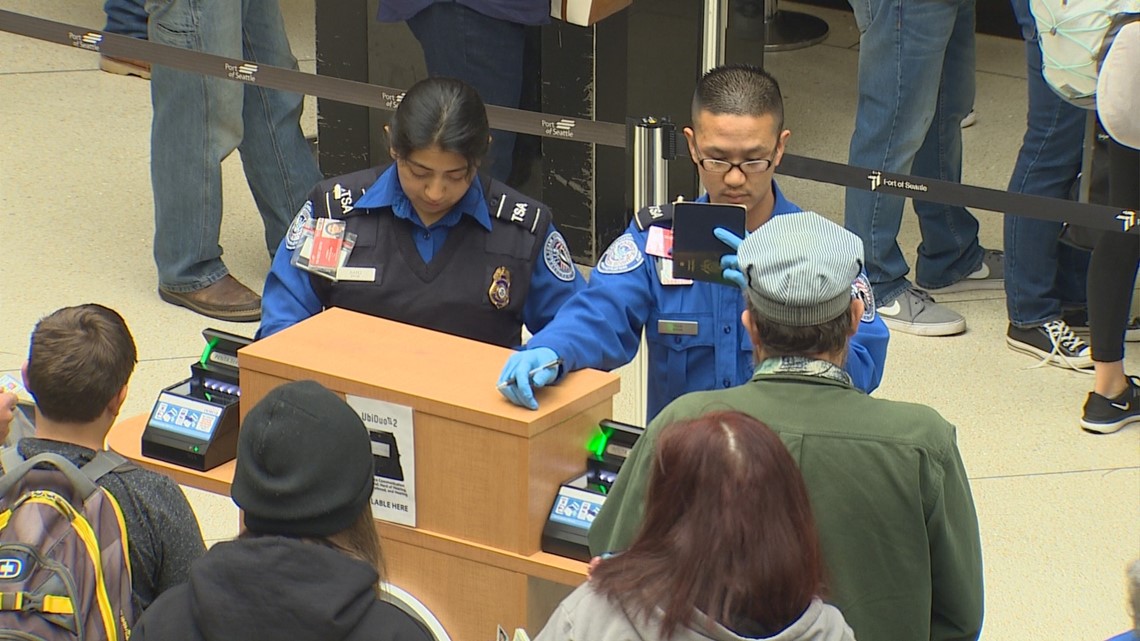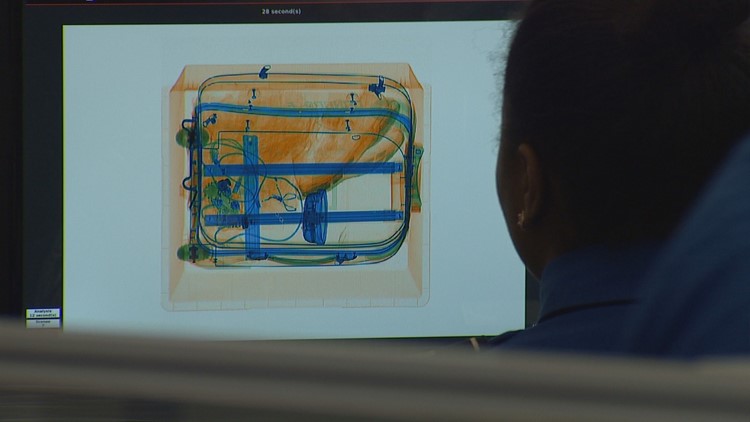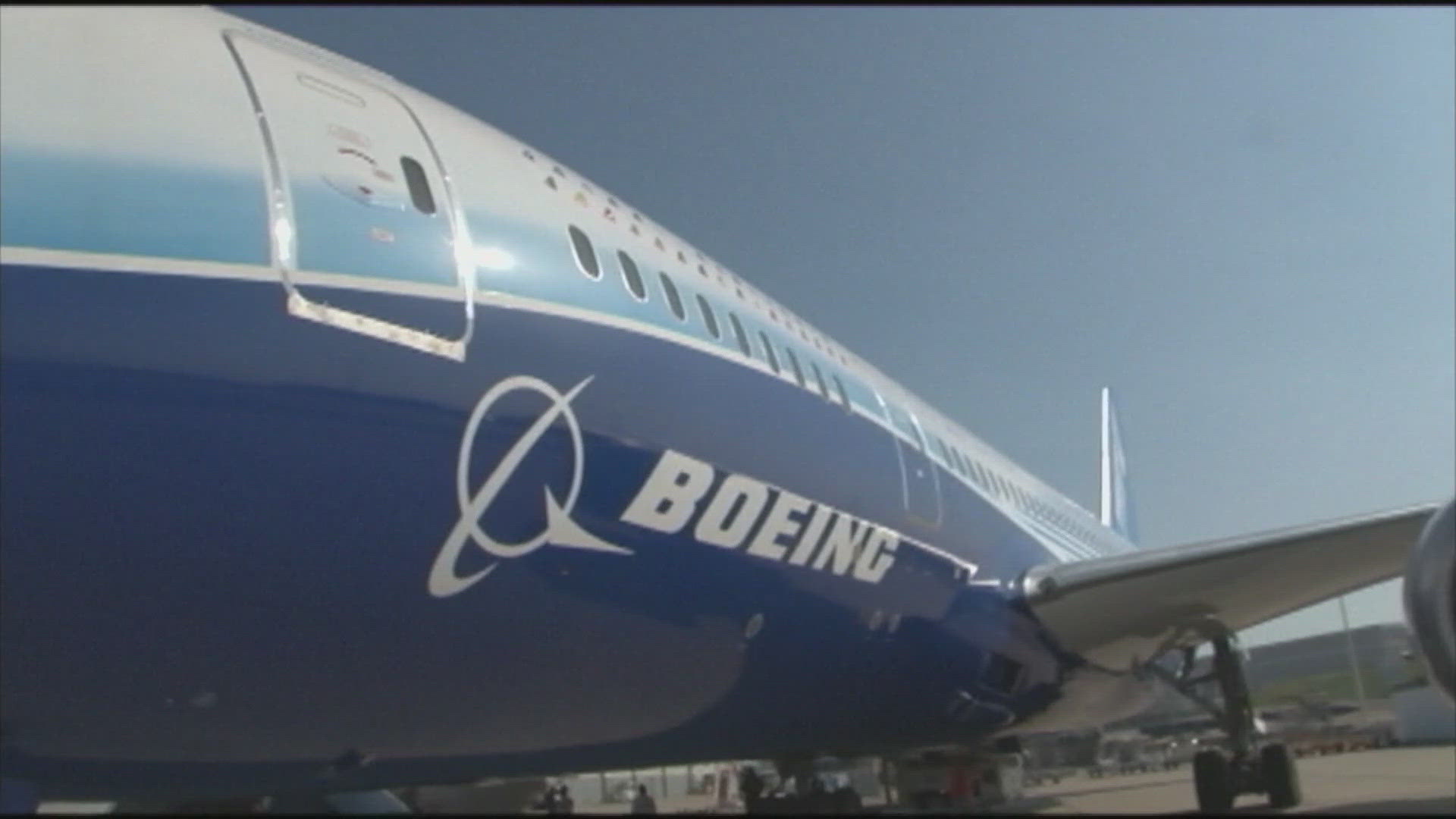Security automation can be a double-win for Sea-Tac Airport, which continues to grow fast with more passengers and more flights. That's the claim by the Transportation Security Administration which announced changes Tuesdays.
How does it increase speed? A couple of ways.
First, it makes it much more difficult for one individual to hold up the line. It provides an easy way to bypass that person by placing your carry on and loose items into a tracked tray.
On the back end, bags requiring extra scrutiny are kicked to a separate belt. That extra bag inspection and its owner are moved out of the flow of traffic.


Then there are the bins themselves. The automation system checks the bins for anything left behind and then moves the bins out of sight to the head of the line. That avoids having TSA screeners do the manual labor of moving bins back to the head of the line.
Overall, TSA estimates lines equipped with automation will move about 30 percent faster.
Sea-Tac becomes the 14th U.S. airport to adopt the technology, which for now is only available at the PreCheck checkpoint at the north side of the terminal. By this summer, the airport is hoping to have it at the south end, and sometime later at the main check-in at the center of the airport terminal.
The Port of Seattle is paying for the technology, which is budgeted at $17 million.
How does this increase security? Jeff Holmgren, TSA Federal Security Director for Washington state, says if screeners don't have to spend time moving trays, they can focus more of that time on security. He adds that the automation won't cut the number of security screeners, saying the TSA is going to be hiring more as the summer rush approaches.
There are other upgrades to the technology allowing for better screening. X-rays are now higher resolution, making identification of potentially threatening objects in bags easier. Each tray or bin has a radio frequency identification (RFID) tag that is then briefly associated with a standard electronic photograph of the bag and the passenger carrying it.



